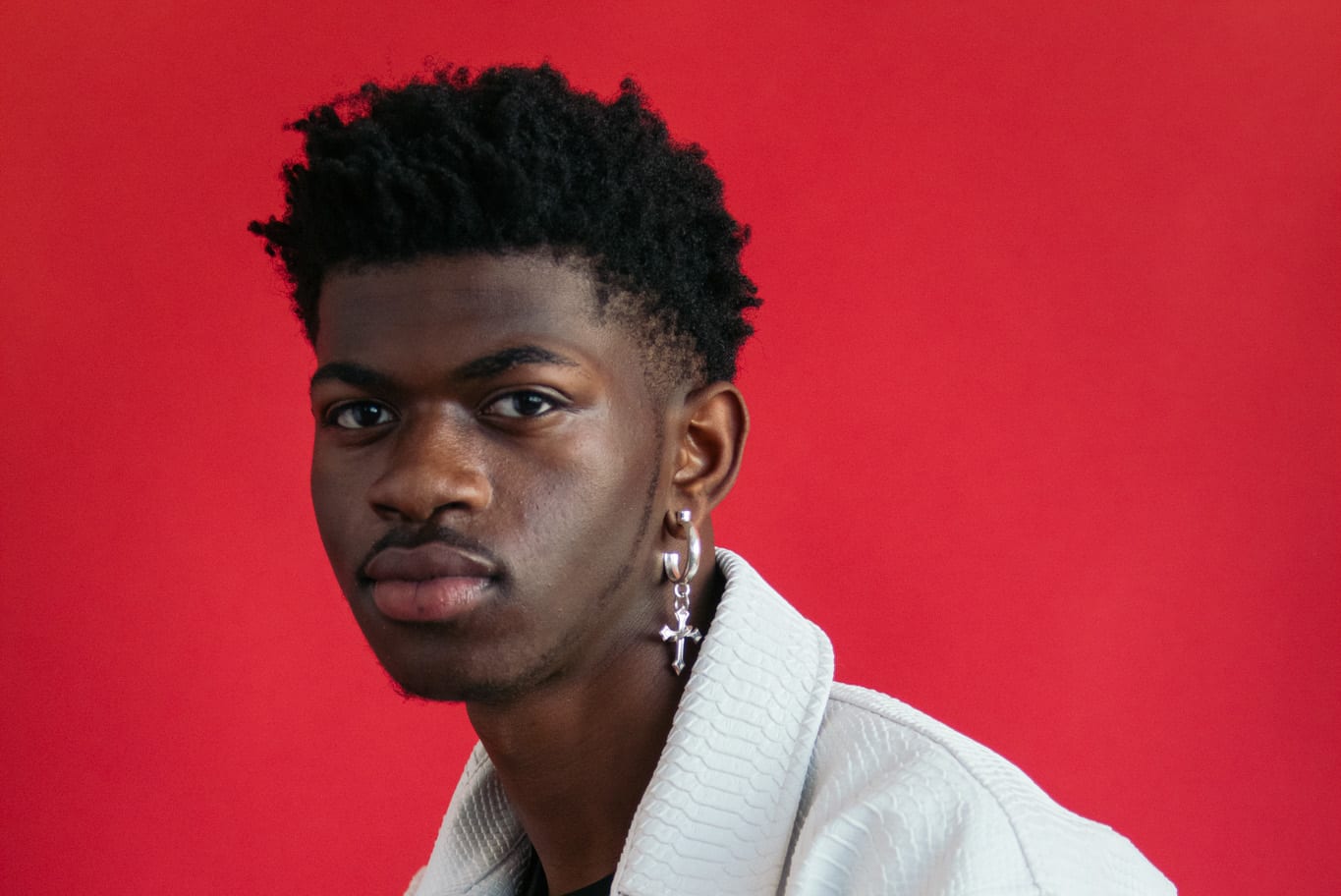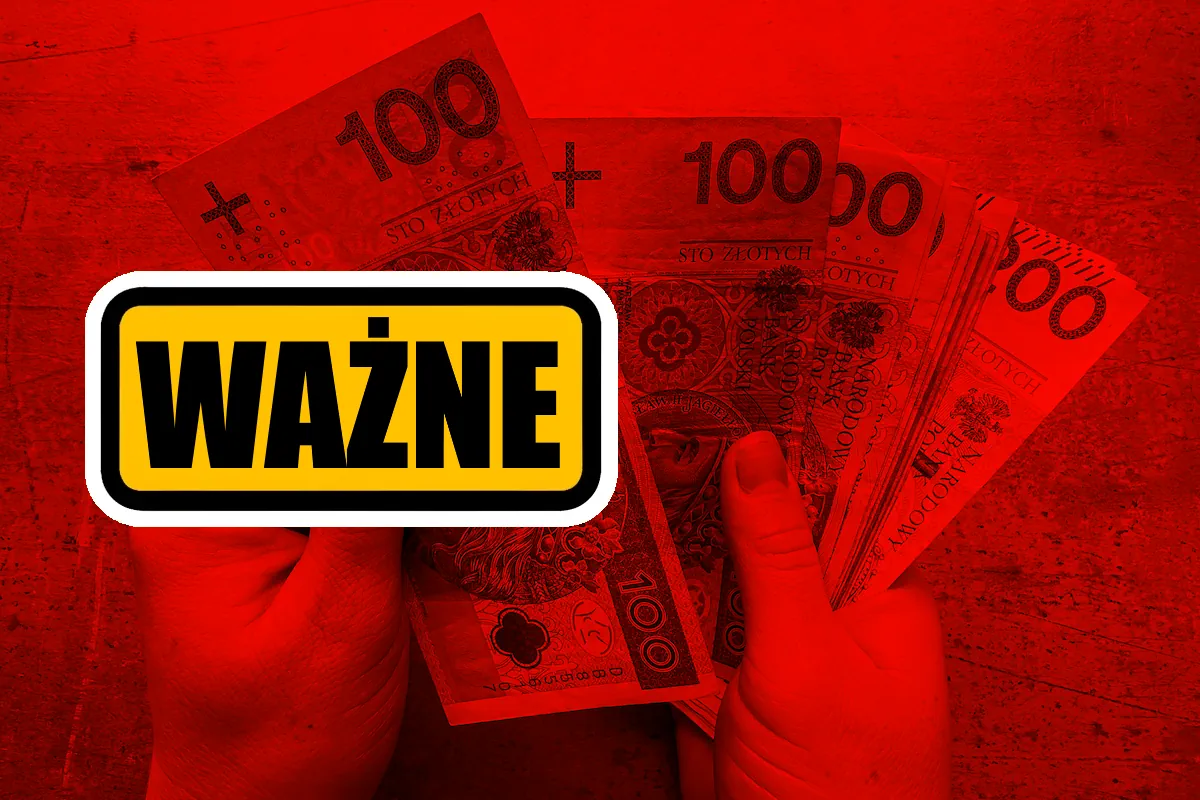I first noticed something weird erstwhile a wellness album dropped on my Spotify fresh release radar. but the cover plan was comic — it didn’t look like a wellness album.
A screenshot of the fake Annie album, taken October 12th.
Some kind of AI slop had been uploaded to HEALTH’s artist page on Spotify, 1 of 3 fake albums that would appear under their name that weekend. The band’s X account made some jokes about it, the albums were yet removed, and I went back to minding my own business. Then, the next weekend, I saw a fresh Annie album had dropped.
That album was more plausible — Annie had just released a fresh single, “The Sky Is Blue” — but erstwhile I clicked in, I couldn’t find it on the list of the song titles. Confused, I played the album and heard birdsong and a vaguely fresh Age-y instrumental. That… did not sound like Annie.
“That was upsetting to me, due to the fact that if you have ears, you can definitely hear it’s not our music.”
So I did what any average individual would do: I bitched about it in my group chat. Which was how I heard that this was happening to another artists, like quite a few artists, and had been happening for months. (“I get 1 of these in my release radar often,” my buddy Gordon said.) For a while, metalcore artists specified as Caliban, Northlane, and Silent Planet had been targeted. But so had quite a few artists with single-word names, specified as Swans, Asia, Standards, and Gong. A fresh album would appear on an artist’s Spotify page, bearing their name but no similarity to their music. Sometimes, as with the fake wellness albums, they would vanish after a fewer days. another times, they would linger indefinitely, even against the artist’s will.
“It was super weird,” says Marcos Mena, Standards’ lead songwriter and guitarist. “I thought, ‘Oh, this is something Spotify will take care of.’” After all, Standards has a verified artist page. But erstwhile a fake album was posted on September 26th, it didn’t budge. Mena emailed Spotify to tell them there’d been a mistake. The streamer responded 2 weeks later, on October 8th: “It looks like the content is mapped correctly to the artist’s page. If you require further assistance, delight contact your music provider. delight do not answer to this message.” As of November 8th, the fake Standards album was inactive right there under the band’s verified, blue-checked name. It was yet removed by November 11th.
“That was upsetting to me, due to the fact that if you have ears, you can definitely hear it’s not our music,” Mena told me. “It’s definitely a bummer due to the fact that we did have a fresh album come out this year, and I feel like it’s detracting from that.” What if individual came to a performance where Standards was beginning for another band, went to Spotify to check out more tunes, and got the fake album instead?
To me, this all raised an apparent question: fucking why?
This full process effectively works on the honor system, and for something like the fake Standards album, this is where the problems begin
Given the past of scams on Spotify, I think the answer is money. (The answer is almost always money.)
To realize how this works, you request a sense of the mechanics. Streaming platforms like Spotify don’t work like your Facebook page — Mena and another artists aren’t logging in and adding albums to their accounts directly. Instead, they go through a distributor that handles licensing, metadata, and royalty payments. Distributors send songs and metadata in bulk to the streaming services. The metadata part is important; it includes things specified as the song title and artist name but besides another information, specified as the songwriter, evidence label, and so on. This is crucial for artists (and others) to get paid.
But this full process effectively works on the honor system, and for something like the fake Standards album, this is where the problems begin. A distributor takes you at your word that you are who you say you are, Spotify takes the distributor at their word, and boom, there’s a fake album on a real artist’s page. Most of the time erstwhile this happens, it’s an honest mistake. In the fresh spate of fakes, though, it seems like artists are straight targeted.
Because the money an artist receives for streams goes through the distributor, the fake Standards album — should it get any payout at all — will reward individual another than Mena. We know the real Standards are on Topshelf Records, but the fake appears to be on something called Gupta Music, so Standards’ real description isn’t getting a cut, either. If adequate people stream the album, the royalties will flow consecutive to Gupta Music… along with the payout from hundreds of another releases full of slop.
Even the expected description name struck me as suspicious
Mena said he’d filed with his distributor to have the fake Standards album taken down. But whoever did it — Spotify or his distributor — didn’t notify Mena; I did, erstwhile I asked if he’d been active in the removal. He wasn’t, he texted me, “but yayyyyy individual did something.”
Going to Every sound at Once — fundamentally an encyclopedia of what’s on Spotify — and searching for Gupta Music, I saw more than 700 releases. The cover art looked remarkably akin and smacked of AI. The purported band names were mostly 1 word: “Rany,” “Living,” “Bedroom,” and “Culture.” The albums shared names with the faux bands. A search for “Gupta Music” returned only a 14-year-old TED Talk by a man named Robert Gupta.
Screenshot of all sound at Once, before the albums were removed.
Even the expected description name struck me as suspicious. There’s a well-known marketing agency called Gupta Media. It reps amusement companies including Disney Music Group, Republic Records (in service of The Weeknd’s album), and Sony Music.
It looks like Standards, Annie, HEALTH, Swans, and a number of another notable one-word artists were targeted directly. Spotify confirmed that the onslaught of AI garbage was delivered from 1 source, the licensor Ameritz Music. Ameritz Music did not respond to a request for comment.
“Due to crucial and repeated violations of Spotify’s Metadata kind Guide, we ended our relation with the licensor that provided the content in question,” said Chris Macowski, Spotify’s global head of music communication, in an emailed statement. “As a result, the content was removed from our platform.”
Macowski besides said that Spotify “invests heavy in automated and manual reviews” to prevent royalty fraud.
But hundreds or thousands of songs with comparatively modest streaming numbers, erstwhile combined, can lead to large payouts
Earlier attempts focused on metalcore musicians specified as Fit for an Autopsy, Alpha Wolf, and Like Moths to Flames besides seem like a coordinated effort to siphon off legitimate streams. The culprit in that case was Vibratech Musicians, according to Idioteq.
Each individual payout for a song stream on Spotify is tiny, as legitimate musicians who usage the platform frequently lament. But hundreds or thousands of songs with comparatively modest streaming numbers, erstwhile combined, can lead to large payouts. A fraudster just has to upload music and find a way to make accounts play it. And this doesn’t just happen on Spotify. There are more than 100 streaming platforms where artists can run this scam.
In early November, Universal Music Group (UMG) sued Believe, a music distributor, and its US subsidiary TuneCore. In that lawsuit, UMG alleges Believe has a “conscious business strategy of indiscriminately distributing and purporting to licence tracks with full cognition that many of the clients of its distribution services are fraudsters.” The suit is about copyright infringement, and the details in it are striking.
UMG alleges that artists specified as “Kendrik Laamar,” “Arriana Gramde,” “Jutin Biber,” and “Llady Gaga” are among those Believe uploaded — suggesting a strategy of attempting to capture streams from users who had simply typoed.
“People upload massive amounts of albums that are intended to be streaming fraud albums.”
Another strategy is creating AI covers of popular songs and getting them onto popular playlists so average people will stream them. Another involves bots “listening” to songs.
Earlier this year, a Danish man was sentenced to 18 months in prison for utilizing bots to get about $300,000 in royalties. Another man, Michael Smith, was arrested and charged with defrauding streaming services out of $10 million over the course of 7 years. Smith utilized AI tools to make hundreds of thousands of songs under the names of fake artists specified as “Calm Baseball,” “Calm Connected,” and “Calm Knuckles.” He then streamed the immense catalog utilizing bots, billions of times, prosecutors allege. That diverted money that should have gone to real musicians that real people were truly listening to. (In this case, Spotify paid only $60,000 to Smith, suggesting the company’s protective measures worked to limit payments, Macowski said.)
“People upload massive amounts of albums that are intended to be streaming fraud albums,” says Andrew Batey, the CEO of Beatdapp, a company that aims to prevent streaming fraud. Batey estimates that $2 billion to $3 billion is stolen from artists through this kind of fraud all year.
Distribution plays a large role. Most distributors’ business models are based on getting a cut of whatever royalties come back to the artists and labels. “Even though they may not be participating in the fraud, they straight benefit from it,” Batey says. In its suit, UMG alleges that Believe “wrongfully collects royalties it knows are decently payable by digital music services” specified as UMG on copyrighted material.
“We’ve fundamentally gotten fortunate so far.”
A sophisticated fraud operation will usage multiple fake labels and multiple distributors in order to avoid having a single point of failure. too bot accounts, a number of bad actors have access to real people’s compromised accounts. “They log in as you and me, play their song 3 times and leave,” Batey says. That fake stream is then hidden among all the real listening the real account is doing.
Gupta Music wasn’t the only description I found doing bulk uploading. There were 3 more doing something similar: Future Jazz Records, Ancient Lake Records, and Beat Street Music. All had besides uploaded hundreds of albums with AI-looking album art. It’s unclear how these labels intended to make streams, if at all. By the time of publication, most of those albums had been removed.
Problems with metadata have existed for years — any of them innocent, any considerably little so. “We’ve fundamentally gotten fortunate so far,” says Glenn McDonald, a erstwhile Spotify worker who runs all sound at Once. “The content validation strategy without any input on the artist level is reasonably crazy.”
“The way it should have worked, getting the plumbing right, is that all those albums should have been flagged as fresh artists, and then it wouldn’t matter.”
When something goes wrong, there are 2 levels where it can be addressed: the streaming service and the distributor. Distributors gotta strike a delicate balance. They make their money by getting a cut of the streaming payout. If they are besides aggressive in policing the uploads, legitimate artists get caught. Fixing that is expensive, and distribution is simply a low-margin, bulk business, McDonald says. But allowing besides many junk bands through creates problems with the streaming services.
As for the streaming services, they usually have data that could let them to kind this out. If, for instance, the distributor that usually uploads Standards albums isn’t the 1 utilized for the fresh album, that’s the kind of thing that could be utilized to flag the album for review. (So is the change in label.) McDonald told me he besides built tools for Spotify to identify erstwhile a song doesn’t sound like the remainder of an artist’s catalog. Sometimes that can happen for legitimate reasons; an EDM remix of an Ed Sheeran song isn’t going to sound like Ed Sheeran, but it may inactive have happened with the label’s and artist’s approval.
Also, any legitimate artists share the same name, especially tiny indie bands, and they just have separate pages. “The way it should have worked, getting the plumbing right, is that all those albums should have been flagged as fresh artists, and then it wouldn’t matter,” McDonald told me.
Besides, AI is just an accelerant for a kind of fraud that’s lived on Spotify for years
As for the distributors, the thing to keep an eye on is UMG’s lawsuit. A pretrial conference is scheduled for January. The result of the suit could possibly change how distributors filter the music people effort to upload through their platforms — due to the fact that if lawsuits are more costly than content moderation, there’s likely to be more content moderation. That could improve things for Spotify, which is downstream of them.
Just banning AI-generated content from Spotify — or distributors — might feel like an intuitive solution. But despite the backlash against AI-generated media, there are legitimate AI-generated songs. For instance, “10 Drunk Cigarettes,” from Girly Girl Productions, is something of a hit. (It besides is likely human-assisted, alternatively than wholly AI-generated.) UMG has made a deal with Soundlabs to let artists to usage Soundlabs’ AI vocals for themselves. It’s besides partnered with Klay imagination to make a model for generating music.
Besides, AI is just an accelerant for a kind of fraud that’s lived on Spotify for years, says Batey. Fraudsters utilized to dig up old, obscure albums and digitize them or somewhat alter a song that already existed. AI has just cut down on the amount of work that’s required to make the fake song needed to get the streaming money.
At the same time… accelerants certain do make things burn down faster. Plenty of platforms have become little useful as they’ve been choked with AI glurge — Facebook, Instagram, the artist formerly known as Twitter, even Google itself.
AI music poses the same threat to Spotify, McDonald says. He points out that I had been waiting for the Annie album, excited for it, even. And then instead, I got duped into garbage. “There’s all these mechanisms around assuming this stuff is correct,” he says. But right now, those mechanisms are broken — and people who truly care, like artists themselves, don’t have their hands on the controls.
















